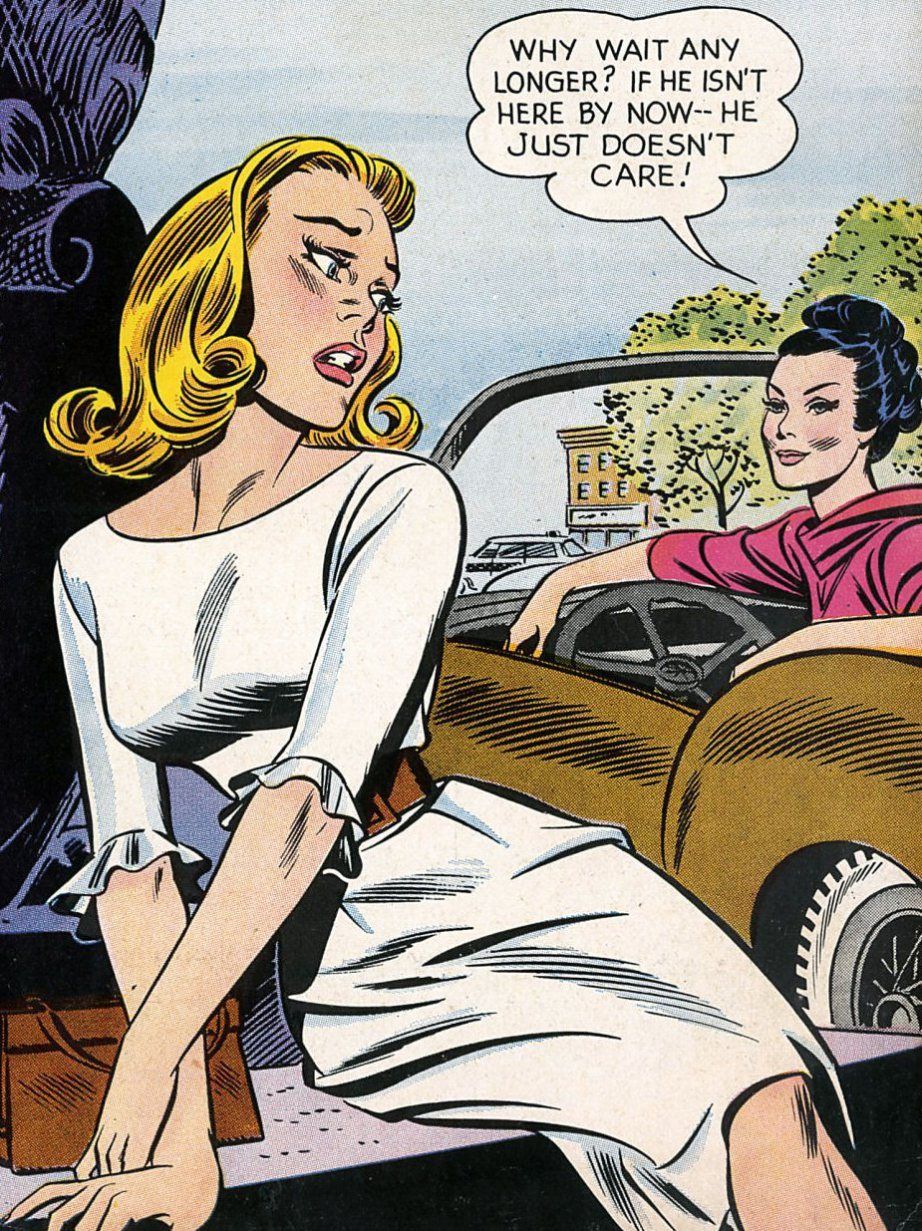Comic art is a unique and dynamic form of visual storytelling that combines words and images to create a narrative. While often associated with superheroes and humor, it is a versatile medium that has evolved over centuries, influencing and being influenced by various cultures and art forms.
A Brief History
The roots of comic art can be traced back to ancient times, with precursors such as Egyptian hieroglyphs, Roman friezes like Trajan’s Column, and medieval tapestries like the Bayeux Tapestry, all of which used sequential images to tell a story.
However, the modern form of comics began to take shape in the 19th century. Early satirical and political cartoons appeared in newspapers and magazines in Britain, France, and the United States. In the late 19th and early 20th centuries, humor comics like The Yellow Kid and The Katzenjammer Kids gained popularity in American newspapers. This era established key conventions of the comic strip, such as the use of speech balloons and multi-panel narratives.
The development of the comic book in the 1930s marked a significant turning point. Initially, comic books were collections of reprinted newspaper strips, but soon original content emerged. The 1938 debut of Superman in Action Comics #1 ushered in the Golden Age of Comic Books, dominated by the superhero genre.
What is Comic Art?
Comic art is a broad term that refers to the creation of stylized or simplified drawings for the purpose of telling a story, making a point, or making people laugh. It is defined by its use of “sequential art,” a term coined by renowned artist Will Eisner, which emphasizes the narrative flow between panels. Key components of comic art include:
- Panels: Individual frames that capture a moment in the story.
- Sequentiality: The arrangement of panels to create a continuous narrative.
- Text and visuals: The interplay of dialogue, captions, and sound effects with the illustrations.
- Styles: Comic art encompasses a wide range of styles, from the classic superhero look to the intricate and detailed art of graphic novels and the expressive, simplistic style of manga.
Iconic Comic Artists
The world of comic art has been shaped by a host of talented creators. Here are a few of the most influential figures:
- Jack Kirby: Known as the “King of Comics,” he co-created many of Marvel Comics’ most iconic characters, including Captain America, the Fantastic Four, and the X-Men. His dynamic, powerful style influenced generations of artists.
- Will Eisner: A pioneer of the industry, he is celebrated for his work on The Spirit and for popularizing the graphic novel as a distinct art form with works like A Contract with God.
- Frank Miller: Known for his gritty, noir-inspired style, he is a celebrated writer and artist behind influential works such as Batman: The Dark Knight Returns and Sin City.
- Steve Ditko: The co-creator of Spider-Man and Doctor Strange, his unique and often surreal style defined the look of some of Marvel’s most enduring characters.
- Art Spiegelman: He brought critical acclaim to the medium with his Pulitzer Prize-winning graphic novel Maus, a powerful and deeply personal story about the Holocaust.
- Neal Adams: His photorealistic and dynamic art style revolutionized the look of comics in the 1970s, particularly on characters like Batman and Green Lantern.




